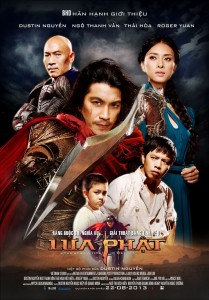
“Once Upon a Time in Vietnam” Vietnamese Theatrical Poster
Director: Dustin Nguyen
Writer: Dustin Nguyen
Cast: Dustin Nguyen, Roger Yuan, Veronica Ngo, Thai Hoa, Nguyen Hoang Quan, Xuan Phat, Hieu Hien, Dinh Ngoc Diep
Running Time: 104 min.
By Jeff Bona
Since Dragon Dynasty’s U.S. release of 2006’s The Rebel, Asian movie enthusiasts have had a major hard-on for Vietnamese action films. The Rebel, with its snappy fight choreography and rich storyline, proved that a Vietnamese production could hold its own against some of the finest martial arts flicks from any country.
Unfortunately, Vietnamese titles are heavily overshadowed by Chinese, Japanese, Korean, Thai and most recently, Indonesian movies (you can’t compete with Sony’s go-getter marketing for The Raid and The Raid 2). The reasons are most likely due to limited exposure and lack of availability.
Fact is, unless you’re an avid martial arts film fanatic, it’s possible that you’ll fly through life watching Ong Bak, Ip Man or The Raid several more times without ever watching The Rebel or Clash even once. If you’re one of the few who have been following Vietnamese action films, then you’re probably aware of 2013’s Once Upon a Time in Vietnam (aka Lua Phat), which is officially dubbed “the first Vietnamese fantasy film.”
Once Upon a Time in Vietnam is heavily noted for being the brain child of Dustin Nguyen, the film’s director, writer, producer and star. Apart from being “that Asian dude” from the original 21 Jump Street TV series, Nguyen has maintained a semi-famous status in America, but in his home country of Vietnam, he carries a lot more star power; thanks to his appearance in many Vietnamese films, most notably his role as a heartless villain in Charlie Nguyen’s (unrelated) The Rebel.
Once Upon a Time in Vietnam takes place in an “alternative” Vietnam. Its main setting looks like a town from an old west flick where people wear chaps, leather vests and boots. It’s a fantasy world that fuzes 19th Century technology with modern day street bikes, neon signs and rock music.
The heroes and villains aren’t sheriffs or masked bandits, they’re martial artists who carry Final Fantasy-esque swords and embody supernatural powers akin to a Mortal Kombat and Street Fighter characters. Unlike the town’s bystanders, they wear leather Qing Dynasty-like warrior outfits, garnished with metallic accessories that are etched with “gear” symbols.
In a nutshell, the plot involves an anti-hero named Commander Dao (Nguyen) who’s on the hunt for fellow AWOL warriors hiding out in a small town. Within its structure is a love rhombus, a deranged Emperor (Roger Yuan), a beautiful woman (Veronica Ngo), a clueless father (Thai Hoa, one of Vietnam’s top comedians) a troubled kid (Hoang Quan Nguyen) and a mute (Dinh Ngoc Diep).
Once Upon a Time in Vietnam is essentially bits and pieces of Sergio Leone’s Once Upon A Time in the West, Andrew Lau’s The Stormriders, George Miller’s Mad Max, Sho Fumimura’s Fist of the North Star and Bryan Singer’s Superman Returns. No joke.
The big question is: Does Once Upon a Time in Vietnam join the stellar ranks of The Rebel and Clash? The big answer is: No. In a perfect world, this could have been Vietnam’s answer to a grittier, edgier, more grounded version of a The Stormriders, but instead, it ends up looking more like a subpar version of Sngmoo Lee’s A Warriors Way.
Nguyen’s vision is full of passion, but his execution becomes distorted the process. From a viewer’s perspective, I couldn’t help but notice a sense of lost direction, self indulgence and pretentiousness. Despite meshing all of this influences (Sergio Leone, George Miller, etc.), the final result feels flat and empty.
For instance, there’s a saloon similar to the Titty Twister bar from Robert Rodriguez’ From Dusk ‘Til Dawn. Whereas Rodriguez’ version is flashing with energy and life, Nguyen’s version feels incomplete, generic and in dire need of several more extras per frame.
The special effects are seriously obsolete. Either their computers were low on RAM, or they hired a CG effects guy that has just awoken from a 1995 coma. But honestly, even if the movie had Industrial Light & Magic’s most valuable employee, it wouldn’t have helped because outdated special effects are the least of this film’s problem.
As far as the action scenes, there’s good news and bad news…
First, the bad news: If you’re expecting Rebel or Clash-style fight choreography, turn away and never look back. Considering all the blood, sweat and tears that went into the action – not to mention two experienced martial artists – the hand-to-hand sequences are seriously lacking. The majority of it is over edited, chopped and loaded with pointless slow motion shots. There’s not one fight that stands out. Sure, there’s a second or two of brilliance, but overall, it’s a wishy-washy mess. It’s hard to put the blame solely on the action choreographer (Bui Van Hai), since the issue lies in camera/editing work. Regardless, in this day and age of hyper-kinetic driven martial arts movies, there’s a new standard, and it’s definitely not met here.
Now for the good news: It’s not the most action-packed movie, so you don’t have to worry about overdosing on mediocre martial arts sequences. It’s a damn shame that Johnny Nguyen (The Rebel, Clash) wasn’t hired for his choreography work, because some hard-hitting sequences alone could have escalated Once Upon a Time in Vietnam from being a disappointment. It’s a practice that works for Tony Jaa’s films: Great action + horrible movie = good martial arts flick!
Once Upon a Time in Vietnam shines when it comes to the performances. I’ve always thought Nguyen was a good actor, but after seeing his work in The Rebel, I was blown away by his charisma. As usual, Veronica Ngo (The Rebel, Clash, House in the Alley) is natural when it comes to everything: acting ability, on-screen fighting (with no formal training) and of course, her beauty. Roger Yuan (Black Dynamite) and rest of the cast do a mighty fine job as well.
There’s also no doubt that Once Upon a Time in Vietnam is a good looking movie. The cinematography is beautiful (courtesy of Thai filmmaker Wych Kaosayananda, who is mostly known for directing Ballistic: Ecks vs. Sever); the props and sets are impressive; and the costume designs (by Bao Tranchi) are absolutely stunning.
The bottom line: Maybe Nguyen should have made a couple of smaller films before shooting his passion project. He obviously had the ambition, a decent budget and a competent cast and crew; but none of this added up to the final outcome of the project. To put it simply, Nguyen aimed a little too high and missed.
Jeff Bona’s Rating: 5/10

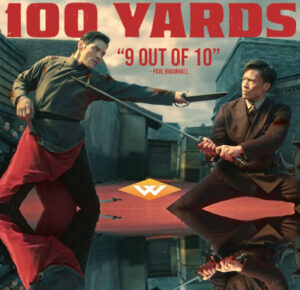

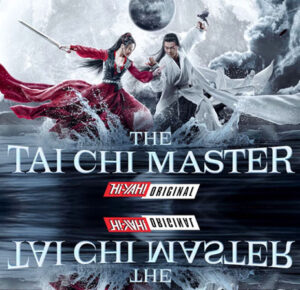
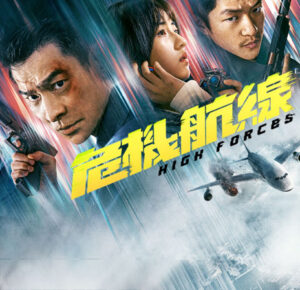
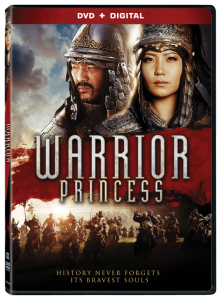
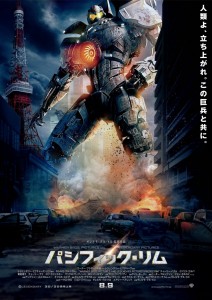
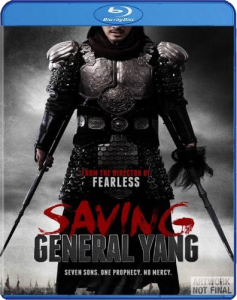
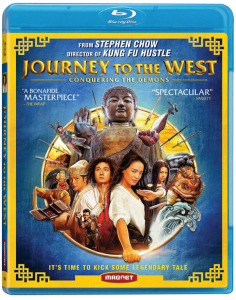
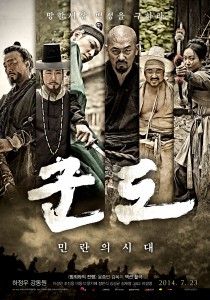
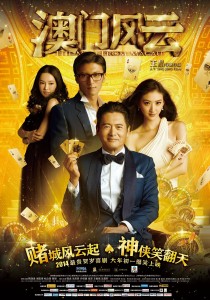
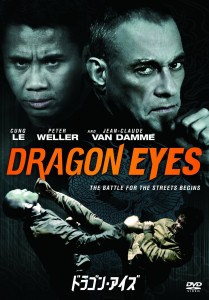
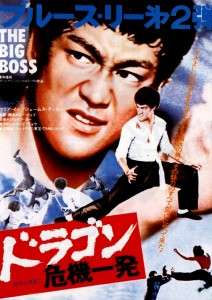
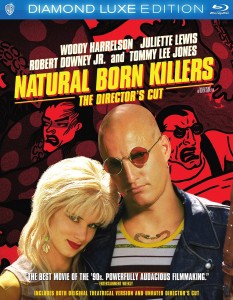

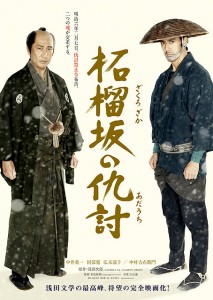
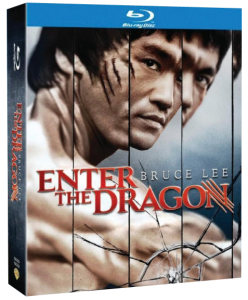
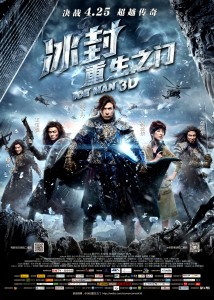
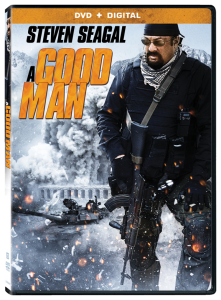
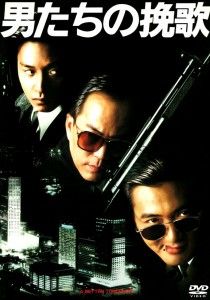




Be the 1st to Comment